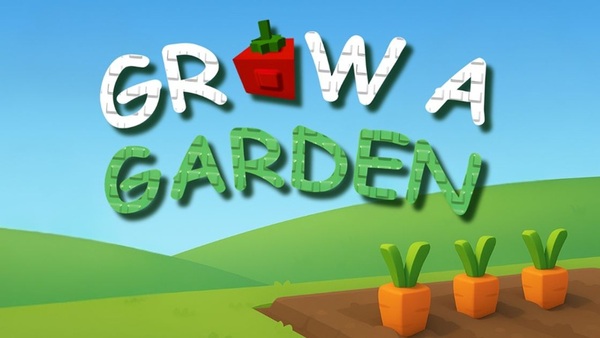Advertisement
Popular Now
Introduction
Apex Legends has carved a unique niche in the battle royale genre, blending dynamic gameplay, hero abilities, and fast-paced action. Yet, one persistent issue that plagues the game is the balancing act between competitive and casual play. Developers are tasked with creating a satisfying experience for both elite-level players and those just enjoying a casual match after work. This article dives deeply into this nuanced issue.
The Split Between Competitive and Casual Modes
The Casual Experience
Casual players often log into Apex Legends to unwind and have fun. For them, accessibility is key—whether that’s through forgiving matchmaking, balanced gameplay, or forgiving systems for mistakes.The Competitive Grind
Ranked play, on the other hand, appeals to players seeking high-stakes matches. Here, every decision counts, and the stakes often feel like they couldn't be higher. This mode emphasizes skill and strategy, making balance even more critical.The Role of Skill-Based Matchmaking (SBMM)
What is SBMM?
Skill-Based Matchmaking is a system that pairs players with others of similar skill levels. While it sounds ideal on paper, its execution in Apex Legends has drawn mixed reactions.SBMM: Casual Players’ Perspective
Casual players often feel penalized by SBMM, as they face highly skilled opponents after just a few good matches. This leads to frustration and burnout, as games feel less like leisure and more like a test of endurance.
The Impact of Ranked Play on Game Design
Pressure to Perform
Ranked play shapes how abilities, weapons, and maps are designed. The drive for balance at the highest levels often trickles down, affecting casual gameplay in unintended ways.Weapon Balancing Woes
For instance, weapons that dominate in competitive play, such as the R-99 or Peacekeeper, often see nerfs that impact casual players who may not exploit them as effectively.Map Design and Its Dual Impact
The Philosophy Behind Map Creation
Maps like World’s Edge and Olympus showcase how Apex Legends blends verticality and open spaces. However, designing maps that satisfy both casual and competitive audiences is a daunting task.Why Maps Matter
Competitive players analyze every corner for strategic advantages, while casual players may simply seek fun areas to explore. Balancing these two needs without compromising one group is a significant challenge.The Legend Dilemma
Legend Abilities and Their Reception
Each legend in Apex brings unique abilities that can dominate in the right hands. While casual players might enjoy flashy moves, competitive players dissect every ability for its game-breaking potential.Balancing Fun and Fairness
Legends like Seer and Wraith often spark debate. Are their abilities too forgiving or too punishing? Developers frequently walk a tightrope to maintain both excitement and fairness.
The Player Economy: Loot Distribution and Resources
Resource Scarcity in Casual Matches
Casual players often face challenges with loot distribution. Landing in a high-traffic area with no weapon can lead to frustrating early eliminations.The Competitive Resource Meta
In contrast, competitive players meticulously plan rotations and loot routes. Developers must ensure loot scarcity enhances strategy rather than detracts from enjoyment.Community Feedback: A Double-Edged Sword
The Power of Listening
Respawn Entertainment actively engages with its community, a practice that helps shape updates and patches. However, this also opens the door to conflicting demands from casual and competitive players.The Risk of Overreaction
For instance, a vocal minority might push for rapid nerfs, which could alienate a larger, silent majority enjoying the current balance.The Role of Esports in Game Evolution
Apex Legends Global Series (ALGS)
The ALGS has become a beacon for competitive Apex play. However, its influence on game design often overshadows casual needs, with meta-defining strategies trickling into everyday matches.A Broader View
While esports drive innovation, the focus on high-level play sometimes distances casual players who feel their needs are secondary.
The Psychological Divide
The Stress Factor
Casual players often report stress from overly competitive environments, while ranked players thrive on this intensity. Striking a balance between these extremes is a psychological challenge for developers.The Need for Escapism
For casual players, gaming is escapism. For competitive players, it’s a proving ground. This fundamental difference influences how each group interacts with the game.Bridging the Gap: Possible Solutions
Adaptive Matchmaking
One solution is adaptive matchmaking that takes into account not just skill but playstyle preferences, providing a more tailored experience.Separate Updates for Modes
Another idea is to maintain separate balancing for casual and ranked play, ensuring changes in one mode don’t negatively affect the other.
















